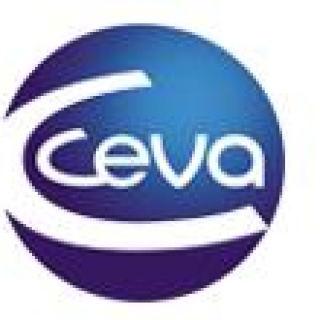U.S. and EU regulatory processes are the focus because the United States and EU comprise approximately 60 percent of the animal pharma market and host the headquarters of all of the leading animal pharma firms. Furthermore, because many products are initially aimed at U.S. and EU markets, they are generally subject to approval through U.S. or EU regulatory processes.
Sales of Antibiotics for Food-Animal Production

Between 2015 and 2017, total U.S. sales of antibiotics for food-animal production declined 30 percent (by weight), after annual increases in each year between 2009 and 2015. From 2010 to 2015, in 17 EU countries, antibiotics sales for production dropped 31 percent. The following factors have influenced these sales:
- U.S. consumer demand for products raised without any antibiotics has risen, particularly for poultry. In 2017, approximately 44 percent of U.S. broilers were raised without antibiotics, up from 2.7 percent in 2012.
- The steady increase in U.S. and EU production of meat over the past two decades—largely due to rising export demand, particularly from Asia—is raising demand for antibiotics sales in the United States and EU.
- U.S. restrictions on use of growth-promoting antibiotics enacted in 2017 appear to have contributed to declines in antibiotics sales, and similar European regulations are generally correlated with declines in overall antibiotics sales.
Development and Approval of New Animal Pharmaceutical Products
- Although research and development (R&D) dollars spent in the animal pharma industry have increased, the number of new animal drugs approved in the United States has declined, leading to an increase in R&D dollars spent per newly approved drug.
- Besides declining in number, new drug approvals have also changed in type: companion-animal products constitute an increasing share of new animal drug approvals in the United States. Because most drugs are not approved for both food and companion-animal use, this finding suggests the increasing share of animal pharma R&D devoted to companion-animal pharmaceuticals comes at the expense of food-animal pharmaceuticals.
- Approvals of food-animal antibiotics have declined both in number and as a share of approvals of all food-animal pharmaceuticals. Since 1992, most new antibiotic approvals for use in food animals have been generic drugs that are also used in human medicine.
- Since the inception of generic drugs in the United States in 1992, these drugs account for approximately half of new U.S.-approved veterinary drugs. Drug categories with the most generic competition also tend to have fewer drugs with novel active ingredients, suggesting that generic competition may tend to suppress R&D in these categories.
- A 2003 regulation increasing requirements for new antibiotics approved for food-animal use did not affect the number or types of antibiotics brought through regulatory approval.
May 2019/ ERS-USDA/ United States.
https://www.ers.usda.gov





